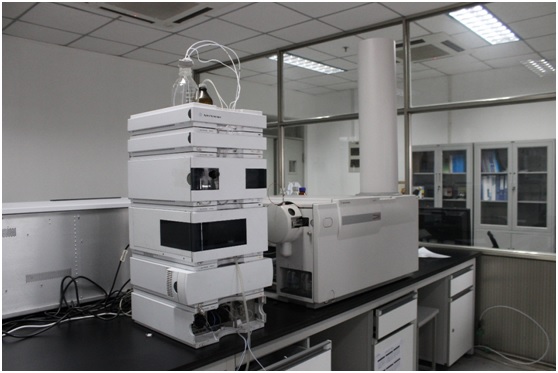Equipment Required for LCD Panel Fabrication
LCD (Liquid Crystal Display) panels are a key component in various electronic devices, including televisions, computer monitors, smartphones, and tablets. The production of LCD panels requires a complex and precise manufacturing process, involving several specialized equipment. In this article, we will explore the essential equipment used in the fabrication of LCD panels.
1. Substrate Preparation Equipment:
The substrate is the base material on which the LCD panel is built. It is usually made of glass and requires thorough cleaning and inspection before further processing. The equipment involved in substrate preparation includes:
a) Washing and Cleaning Systems: These systems use a combination of chemical and mechanical processes to remove impurities, dust particles, and contaminants from the substrate surface.
b) Annealing Oven: The substrate is subjected to high temperatures in an annealing oven to relieve internal stresses and ensure uniformity in its physical properties.
c) Coating Equipment: Coaters are used to apply thin layers of conductive materials, such as indium tin oxide (ITO), on the substrate surface. These coatings serve as electrodes for the LCD panel.

2. Photolithography Equipment:
Photolithography is a crucial step in LCD panel fabrication, where patterns are created on the substrate using light-sensitive materials. The key equipment used in this process includes:
a) Mask Aligners: These devices align and expose the substrate to UV light through a photomask. The photomask contains the desired pattern that needs to be transferred onto the substrate.
b) Photoresist Coaters and Developers: Photoresist materials are applied to the substrate surface using coaters, and then developed to selectively remove the exposed or unexposed portions of the photoresist, depending on the type of resist used.
c) Exposure Systems: UV light is directed onto the substrate through the photomask, transferring the pattern onto the photoresist. Exposure systems ensure precise alignment and control of the light intensity during this process.
3. Etching and Deposition Equipment:
Etching and deposition processes are essential for creating circuitry and pixel structures on the LCD panel. The equipment used in these processes includes:
a) Plasma Etchers: These devices utilize a plasma (ionized gas) to selectively remove materials from the substrate, forming the desired patterns. Plasma etching is used for both conductor and insulator removal.
b) Chemical Vapor Deposition (CVD) Systems: CVD systems deposit thin films of materials onto the substrate surface. For LCD panel fabrication, CVD is used for depositing transparent conductive layers and insulating films.
4. Liquid Crystal Alignment Equipment:
To ensure proper alignment and orientation of liquid crystal molecules, specialized equipment is used:
a) Rubbing Machines: These machines mechanically rub the surface of the substrate, creating a uniform alignment layer. The rubbing direction determines the orientation of the liquid crystal molecules.
b) Cell Assembly Machines: These machines assemble the liquid crystal cell by sandwiching the alignment layer-coated substrate with other components, such as color filters, alignment films, and spacers.
5. Testing and Inspection Equipment:
Various testing and inspection equipment are utilized throughout the LCD panel manufacturing process to ensure quality control and detect any defects. These include:
a) Optical Inspection Systems: These systems use advanced imaging techniques to examine the panels for defects, such as scratches, particles, or misalignments.
b) Electrical Testing Equipment: LCD panels undergo electrical testing to verify their functionality and performance. This includes tests for pixel defects, response time, color accuracy, and viewing angles.
Conclusion:
The production of LCD panels involves a series of intricate steps, requiring highly specialized and precise equipment. From substrate preparation to testing and inspection, each stage necessitates specific machinery tailored to the LCD panel fabrication process. The equipment mentioned above forms the foundation for manufacturing LCD panels, enabling the creation of high-quality displays for a wide range of electronic devices.




